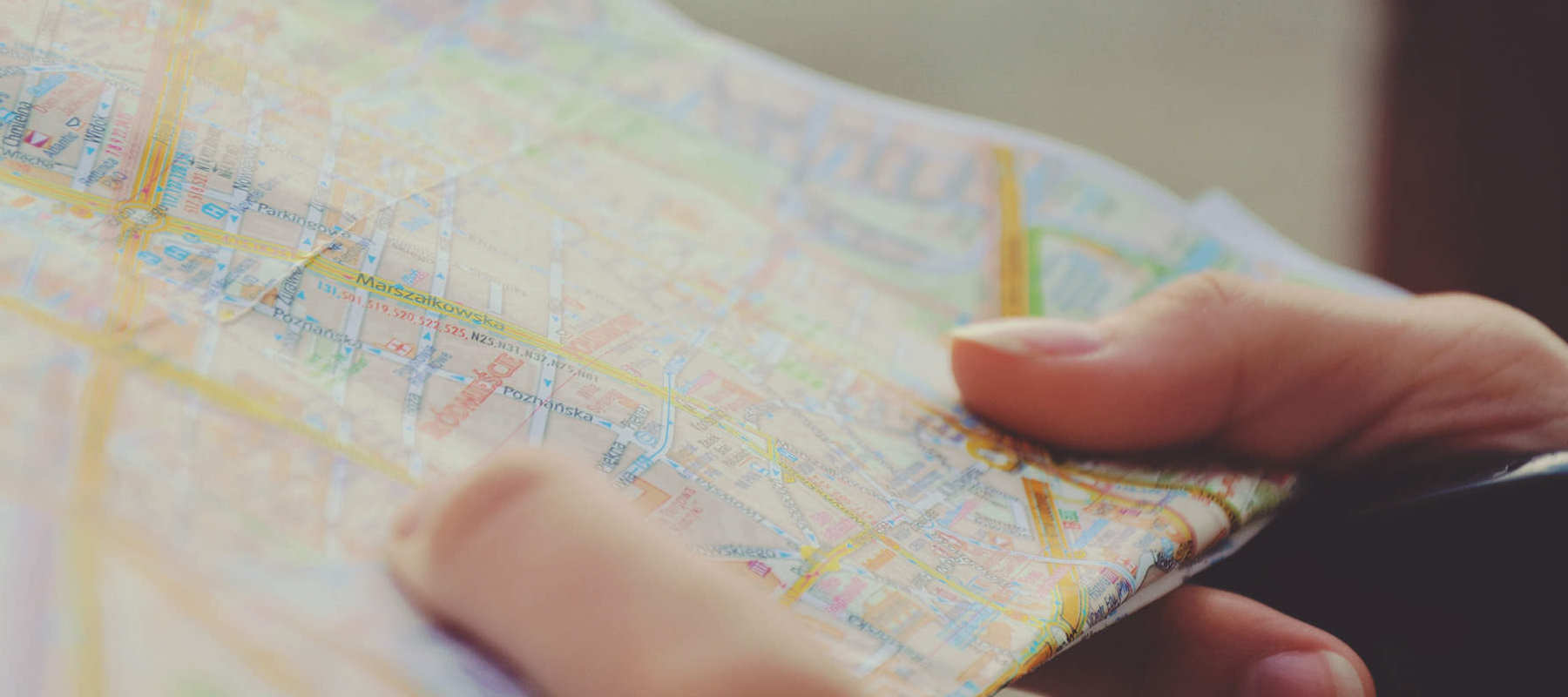
Call 0330 880 3600 Calls may be monitored or recorded. Opening Times.
- TRAVEL INSURANCE
- COVID-19 ENHANCED COVER
- More Options
- Help & Advice
- Existing Customers

Call 0330 880 3600 Calls may be monitored or recorded. Opening Times.

Need help?
UK Customer Services0330 880 3600*
Open Monday to Friday 9:00am to 6pm, Saturday 8:30am to 4pm and closed Sundays.
*Calls are recorded for training and quality purposes.

Official name: Commonwealth of Australia
Capital city: Canberra
Official language: None at federal level (English is the de facto working language)
Population: Around 26.5 million
Currency: Australian dollar (AUD)
Time zone: Multiple time zones - GMT+8 to GMT+10
Driving side: Left
Climate: Tropical in the north, temperate in the south; arid interior
Australia is a vast, diverse country–continent with world-class cities, iconic natural landscapes (hello, Great Barrier Reef and the Outback), and rich Indigenous cultures. Travel styles range from beach hopping and wine trails to remote desert adventures and alpine escapes.
Ringed by the Indian and Pacific Oceans, Australia has no land borders and spans six states and two mainland territories. Landscapes run the gamut: tropical rainforest (Far North Queensland), the Red Centre’s deserts, alpine regions in the southeast, and long, surf-friendly coastlines. Natural hazards include bushfires (primarily summer in the south, dry season in the north), cyclones (mainly November–April in the tropical north), flooding, and drought. Seasons are opposite to the UK: summer Dec–Feb, autumn Mar–May, winter Jun–Aug, spring Sep–Nov.
Major international gateways include Sydney, Melbourne, Brisbane, Perth, and Adelaide. Domestic travel is easy by air (extensive networks), long-distance coach, and self-drive. Roads are generally excellent, but distances are huge; plan fuel and water carefully outside urban areas. In the tropics, some roads become impassable in the wet season. Swim only at patrolled beaches and between the flags; heed signage about rips, stingers (box jellyfish) and crocodiles in the north. Urban crime is relatively low by global standards, but normal precautions against pickpocketing and car break-ins apply.
Most visitors (including British nationals) need an eVisitor/ETA or appropriate visa before travelling. Requirements vary by passport and purpose of visit. Your passport should be valid for the duration of stay (airlines may prefer 6 months). Always check the latest entry rules with the Australian Department of Home Affairs or your nearest Australian mission.
The currency is the Australian dollar (AUD). Cards are widely accepted; contactless is the norm. ATMs are plentiful in towns and cities but sparse in remote areas. Tipping isn’t compulsory, though rounding up or 10% in restaurants for great service is customary in cities. Prices can be higher in remote regions due to transport costs.
Healthcare standards are high. UK visitors are covered for medically necessary public treatment under a reciprocal healthcare agreement, but you should still carry comprehensive travel insurance (for private care, ambulance, dental, and remote evacuation).
Sun exposure is intense — use high-SPF sunscreen, hats, and stay hydrated. In northern Australia (particularly Queensland’s far north) mosquito-borne illnesses like dengue can occur; use repellent and protective clothing. In marine areas, heed local advice on box jellyfish and Irukandji (nets/stinger suits in season). Tap water is safe in most towns and cities; in remote areas, check locally.